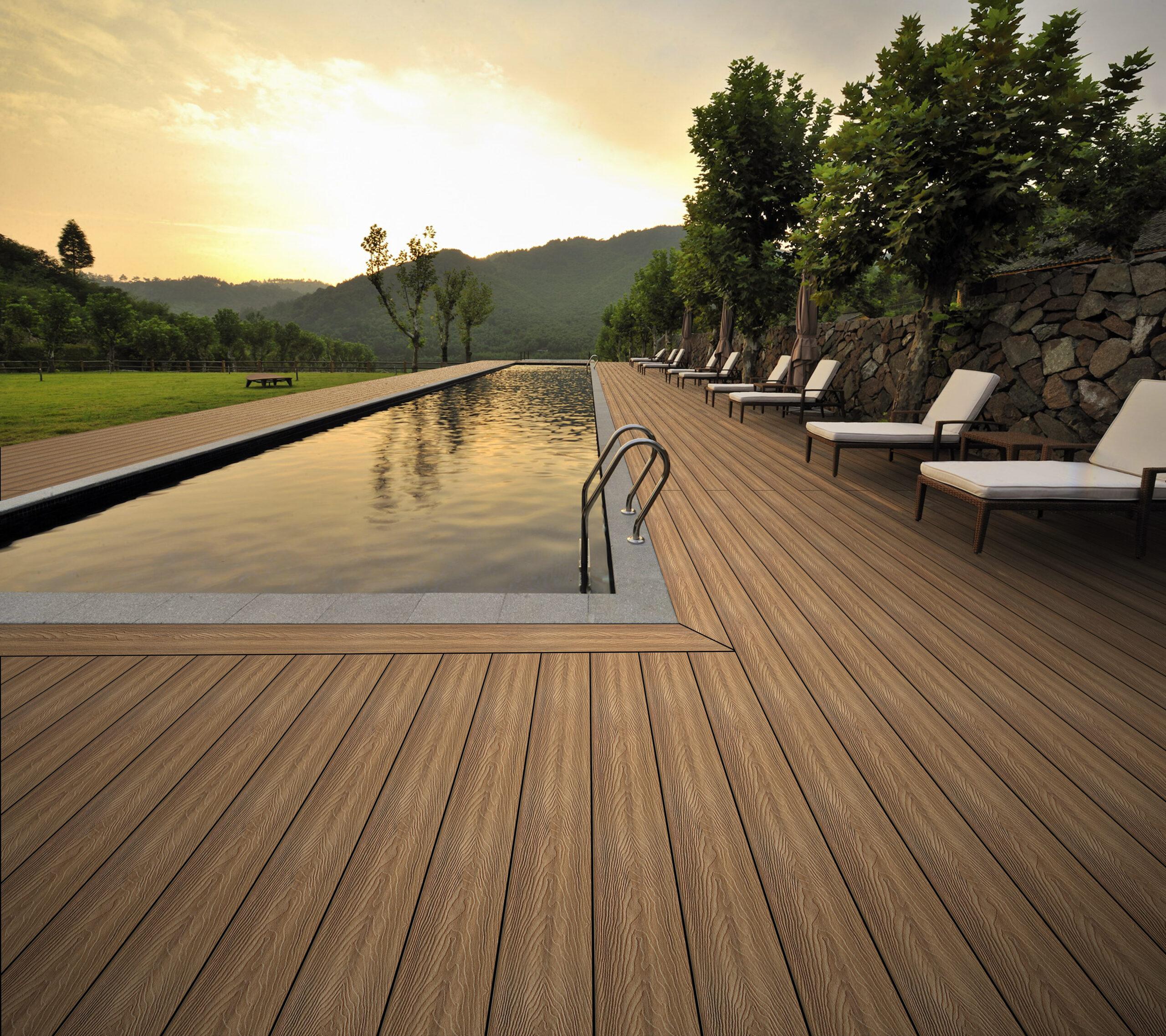If you’re considering decking options for your outdoor space in Australia, you’ve likely come across composite decking. This innovative material has gained significant popularity in past couple of years due to its durability, low maintenance requirements, and aesthetic appeal.
Keep on reading to learn about various types of composite decking available in Australia, their features, pros and cons, and factors to consider when choosing the right option for your needs.
Introduction to Composite Decking
What is composite decking?
Composite decking is a type of decking material made from a blend of recycled wood fibres, plastics, and binding agents. This combination creates a durable and weather-resistant product that mimics the look of natural wood without the drawbacks of traditional timber decking.
Why is it popular in Australia?
Australia’s diverse climate, with its harsh sun, fluctuating temperatures, and heavy rain, can take a toll on traditional timber decking. Composite decking offers a solution to these challenges, providing homeowners with a long-lasting and low-maintenance alternative that can withstand Australia’s harsh environmental conditions.
Types of Composite Decking Materials
There are many types of composite decking materials available in the Australian market, each with its unique characteristics and benefits.
Wood-Plastic Composite (WPC)
Wood-plastic composite decking is made from a blend of wood fibres and recycled plastic. It offers the natural look and feel of wood while providing enhanced durability and resistance to rot, insects, and moisture.
Capped Composite Decking
Capped composite decking features a protective polymer shell that encapsulates the board, providing added protection against fading, staining, and scratching. This type of decking is particularly popular for its high resistance to moisture and mould growth.
PVC Decking
PVC decking is made entirely from polyvinyl chloride, a durable and low-maintenance material. It offers excellent resistance to moisture, fading, and staining, making it an ideal choice for coastal areas and poolside decks.
Pros and Cons of Composite Decking
Advantages
- Longevity
- Low maintenance
- Resistance to rot, insects, and moisture
- Wide range of design options
Disadvantages
- Higher upfront cost
- Limited colour fade over time
- Susceptibility to scratching and staining
Environmental Impact of Composite Decking
Composite decking offers several environmental benefits compared to traditional timber decking.
Sustainability
Many composite decking manufacturers use recycled materials in their products, reducing the demand for wood and plastic. Additionally, composite decking requires less maintenance and lasts longer than timber decking, further reducing its environmental impact.
Recyclability
Some composite decking materials are recyclable at the end of their lifespan, diverting waste from landfills and conserving natural resources.

Factors to Consider When Choosing Composite Decking
When selecting composite decking for your outdoor space, consider the following factors to ensure you choose the right option for your needs:
Climate
Consider your local climate and environmental conditions when selecting composite decking. Make sure you select a product that can withstand extreme temperatures, humidity, and UV exposure.
Budget
Set a budget for your decking project and choose a composite decking option that fits within your financial constraints. Keep in mind that composite decking may have a higher upfront cost, but it offers long-term savings on maintenance and repairs.
Desired Aesthetics
Select a composite decking product that complements the architectural style and design aesthetic of your home. Consider factors such as colour, texture, and finish to achieve the desired look for your outdoor space.
Maintenance Preferences
Consider your maintenance preferences and choose a composite decking option that aligns with your lifestyle. If you prefer low-maintenance materials that require minimal upkeep, opt for capped composite or PVC decking.
Conclusion
Composite decking offers a durable, low-maintenance, and environmentally friendly alternative to traditional timber decking in Australia. With various types and brands available, homeowners can find the perfect composite decking option to enhance their outdoor living space.
By taking factors such as durability, maintenance requirements, and aesthetic preferences in consideration, you can enjoy a beautiful and long-lasting deck for years to come.
Ready to build your dream project? Explore our extensive range of top-quality building materials, timber, hardware, sanitary ware supplies, and plumbing fixtures at Titan Trade Centre today. Let’s turn your vision into reality together!
FAQs
What is composite decking made of?
Composite decking is made from a blend of recycled wood fibres, plastics, and binding agents.
Is composite decking suitable for Australian weather conditions?
Yes, composite decking is designed to withstand Australia’s diverse climate, including harsh sun, heavy rain, and fluctuating temperatures.
How long does composite decking last?
Composite decking can last for decades with proper maintenance, significantly longer than traditional timber decking.
Can composite decking be painted?
While some composite decking products can be painted or stained, it’s generally not recommended, as it may affect the durability and performance of the material.

